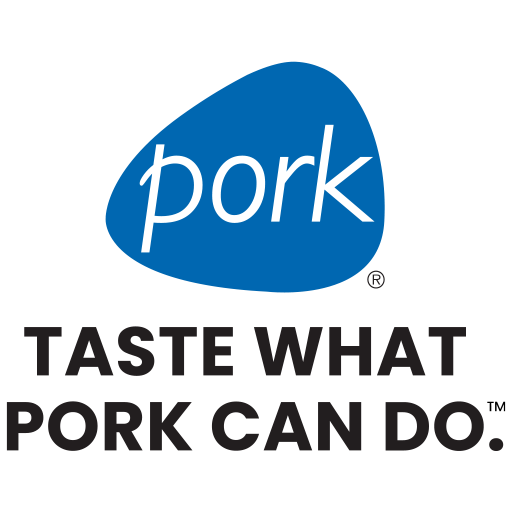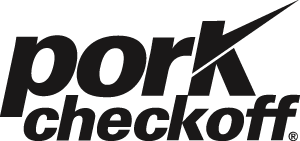Pork Nutrition

Pork has many beneficial qualities that make it easy to incorporate into a balanced menu. The variety of options range from decadent and flavorful to lean and nutrient-rich cuts that are affordable, easy to make, and enjoyable to people of all ages.
Both the pork tenderloin and pork sirloin roast meet the criteria for the American Heart Association Heart Checkmark, which means they contain less than 5 grams of fat, 2 grams or less of saturated fat, and 480 milligrams or less of sodium per label serving. Pork is also packed with protein, making it easy to include in a health-forward and balanced diet.
Key Nutrients in Pork
Percent of daily value provided by pork based on a 3-ounce serving
Reference: USDA, Agriculture Research Service, 2012
- 6%
- Iron
Iron is a mineral we need for growth and development. Our body uses it to make hemoglobin, which is a protein in red blood cells that carries oxygen from the lungs throughout the body, and myoglobin, a protein that provides oxygen to muscles. Your body also uses iron in hormone production. Iron in food comes in two forms: heme iron and nonheme iron. Meat like pork, seafood, and poultry have both heme and nonheme iron.
- 6%
- Magnesium
Important for the normal function of many enzymes (catalysts for the body’s chemical reactors), glucose and muscle action.
- 34%
- Niacin
Important for the normal function of many enzymes in the body and involved in the metabolism of sugars and fatty acids.
- 15%
- Phosphorous
Strengthens bones and generates energy in cells.
- 6%
- Potassium
This mineral, also known as an electrolyte, plays a major role in water balance and helps maintain normal blood pressure. This is considered a nutrient of public health concern.
- 20%
- Riboflavin
Next to milk, few foods have as much riboflavin per serving as pork. Riboflavin has an important role in the release of energy from foods.
- 50%
- Thiamin
Without this key vitamin, metabolism of carbohydrates, protein, and fat would be significantly compromised. Animal protein is one of the best sources of this nutrient, and among the choices, pork is tops.
- 30%
- Vitamin B6
Important for the normal function of enzymes and co-enzymes, which are needed to metabolize protein, carbohydrates, and fats. Plus, it plays a critical role in the regulation of glycogen (stored carbohydrates) metabolism.
- 25%
- Vitamin B12
Helps build red blood cells and metabolize carbohydrates and fats.
- 25%
- Zinc
A component of more than 70 enzymes, zinc is a key player in energy metabolism and the immune system.
- 46%
- Protein
How Much Fat is in Pork?
| 3-ounce cooked serving | Total Fat (g) / Saturated Fat (g) |
|---|---|
Pork tenderloin FDC ID: 168250 NDB Number: 10061
| 2.98 g / 1.02 g |
Sirloin pork chop FDC ID: 168310 NDB Number: 10216
| 3.71 g / 1.15 g |
Sirloin pork roast FDC ID: 168311 NDB Number: 10217
| 4.51 g / 1.52 g |
New York pork chop FDC ID: 168253 NDB Number: 10068
| 5.17 g / 1.77 g |
96% lean ground pork FDC ID: 168375 NDB Number: 10979
| 5.27 g / 1.77 g |
New York pork roast FDC ID: 168254 NDB Number: 10069
| 5.34 g / 1.64 g |
Porterhouse pork chop FDC ID: 168240 NDB Number: 10042
| 6.20 g / 1.83 g |
Ribeye pork chop FDC ID: 168244 NDB Number: 10050
| 7.10 g / 2.17 g |

